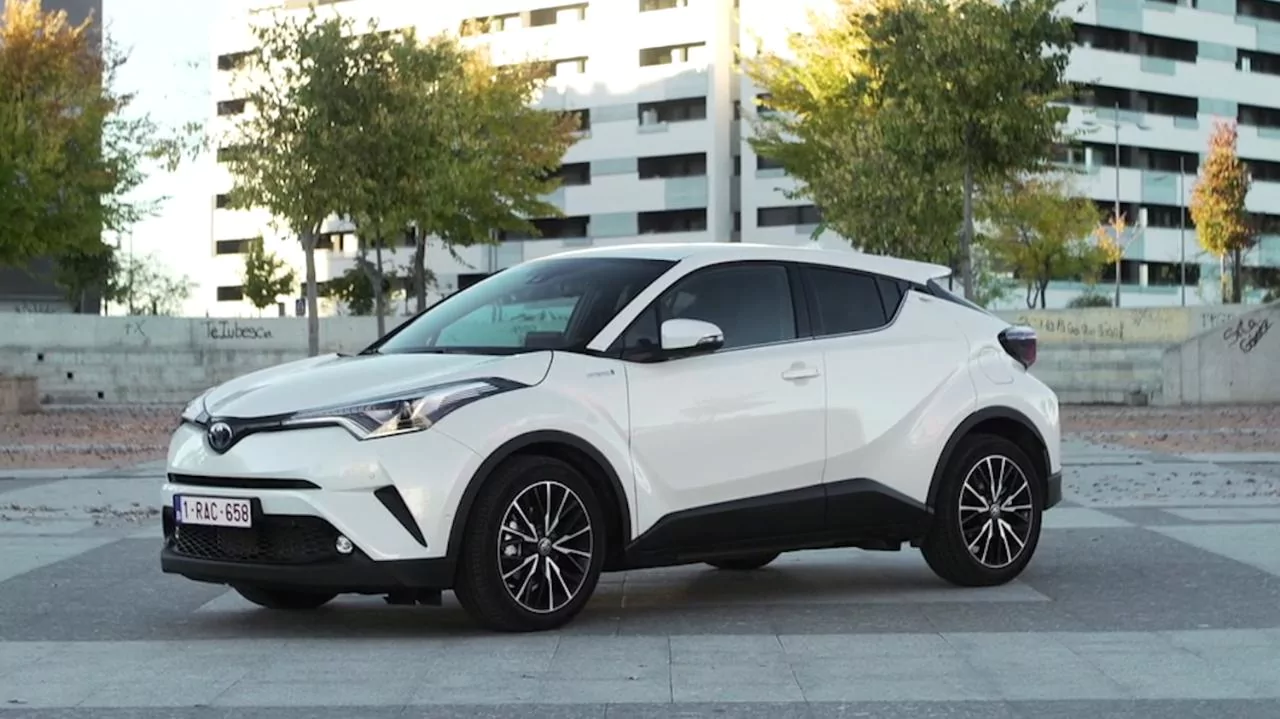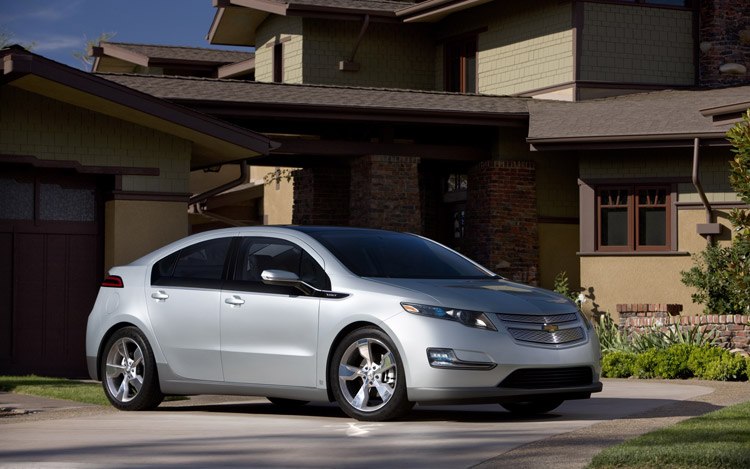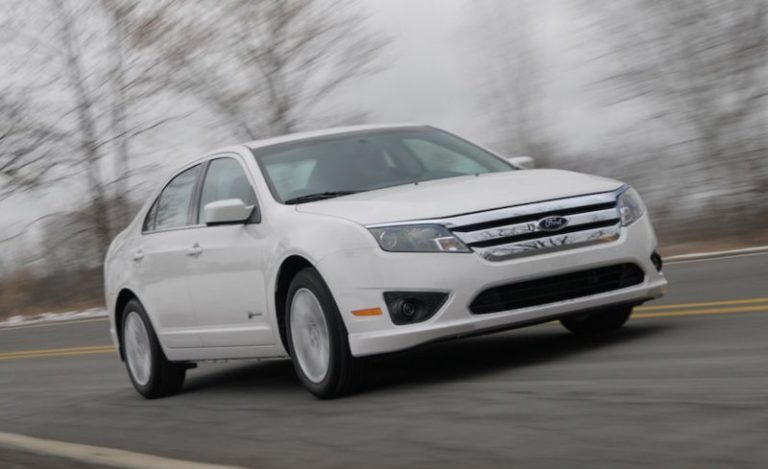EPA Fuel Cost Estimates Test Chevy, Dodge, GMC, Chrysler and Toyota
These days it seems everyone wants a new Hybrid vehicle in order to cut gas sky-rocketing costs. At some dealerships, the wait list for the most popular Hybrids is as long as 6 months. The towering demand for Hybrids has also led to increasing prices to take advantage of their current surge in popularity.
In some cases, a Hybrid model is as much as $10,000 more than the gas model. For the average commuting consumer, a small Toyota Prius or Honda Civic will easily pay for the price difference after 3-5 years, but what about those Hybrid SUVs?
No money for a hybrid? Check out these Fuel Saving Tips.
Hybrid SUVs, Not as Efficient as Hybrid Sedans, Coups
For the consumer simply looking to save on gas money, a Hybrid SUV costs more in gas than many small and midsize models. According to the recently released EPA fuel efficiency tests for 2009 models, even the best rated Hybrid SUV, the Ford Escape Hybrid, still comes guzzling in at a combined 32 miles per gallon. The Ford Escape Hybrid SUV gets lower gas mileage than the Toyota Yaris, which zips in at 33 combined MPG on a standard gas engine. Most Hybrid SUVs attain around 21-25 combined mpg. Combined mpg is an average of the freeway and city gas mileage.
Some drivers require the towing capacity or 4WD modes offered by SUVs. A Toyota Prius, for instance, won’t meet the needs for a construction worker who hauls a bed of plywood from job site to job site.
When an SUV Hybrid Will Pay for Itself in Gas, Eventually
Thusly, an SUV owner looking to save on gas with a hybrid SUV model must do a little homework to calculate whether a Hybrid SUV will make up for its higher price any time soon. Any prospective hybrid buyer looking only to save on gas should calculate the price difference for gas and Hybrid models and then divide the price difference by the average gas savings per year between to the vehicle’s mileage. A little arithmetic beforehand can save the wallet in the long run.
The EPA fuel efficiency guide released average gas costs for each model tested based on 15,000 miles driven annually at $3.84 per gallon. With gas costs for standard and Hybrid models and armed with MSRP prices, it’s easy to figure out which SUVs are winners in the money-saving battle.
5 Worst Hybrid SUVs for Fuel Efficiency
According to MSRP prices for 2009 SUV models, a Hybrid SUV costs up to $10,000 more as compared to its gas-fueled 4WD counterpart. When the combined miles per gallon differences are taken into account and an average gas costs savings per year calculated, the consumer can see which models pay for themselves most quickly. See the top 5 quickest money paybacks for the SUVs with the worst gas mileage below:
- Toyota Highlander Hybrid: 6 years
- GMC Yukon Hybrid: 5 ½ years
- Dodge Durango Hybrid: 12 years
- Chevrolet Tahoe Hybrid: 12 ½ years
- Chrysler Aspen Hybrid: 18 years
As these are based on the worst rated hybrid SUVs for gas mileage, it’s important to note that just because it’s a hybrid, doesn’t mean you’ll be saving money anytime soon. Research for the best SUV for mileage that also fits your needs in order to achieve maximum money savings.
Environment Is the Fuel Efficiency Winner, Money Saved or Not
These statistics are based on 2009 brand new models. When the price difference is lower between gas and hybrid models, the hybrid will pay for its cost increase more quickly. Making calculations on one’s own, based on local gas prices, local dealership prices, and personal driving habits, is the best way to determine maximum money savings.
While the consumer saves in their pocketbook as a result of higher fuel efficiency vehicles, it’s the environment that really wins. With most scientists in agreement that global warming is propelled by human activities, namely carbon emissions released from the cars we drive, any reduction in carbon emissions is a win-win situation.
Gas Savings Formula
(Hybrid Price – Standard Gas Model Price) / (Hybrid Annual Gas Costs – Standard Annual Gas Costs) = # years till the Hybrid Pays for Higher Price








